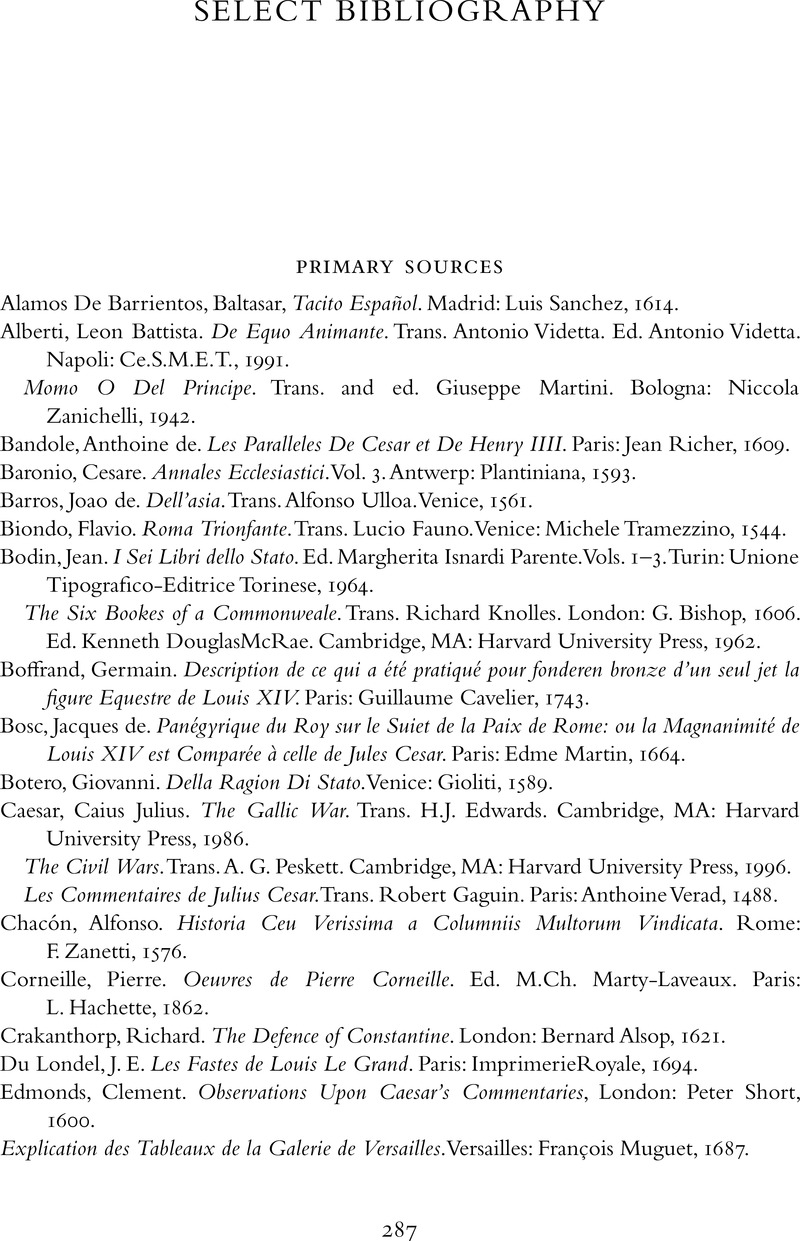Book contents
- Frontmatter
- Contents
- List of illustrations and maps
- Acknowledgments
- Introduction
- 1 The Rebirth of the Caesars
- 2 The Return of Caesar: The Hybrid Empire of Charles V, 1517 to 1556
- 3 The Spanish Empire, Apex of the Imperial Renaissance
- 4 The Renaissance of Empire in France
- 5 Britain as Late Renaissance Empire
- Conclusion
- Select Bibliography
- Index
- References
Select Bibliography
Published online by Cambridge University Press: 05 June 2014
- Frontmatter
- Contents
- List of illustrations and maps
- Acknowledgments
- Introduction
- 1 The Rebirth of the Caesars
- 2 The Return of Caesar: The Hybrid Empire of Charles V, 1517 to 1556
- 3 The Spanish Empire, Apex of the Imperial Renaissance
- 4 The Renaissance of Empire in France
- 5 Britain as Late Renaissance Empire
- Conclusion
- Select Bibliography
- Index
- References
Summary

- Type
- Chapter
- Information
- The Renaissance of Empire in Early Modern Europe , pp. 287 - 298Publisher: Cambridge University PressPrint publication year: 2014



